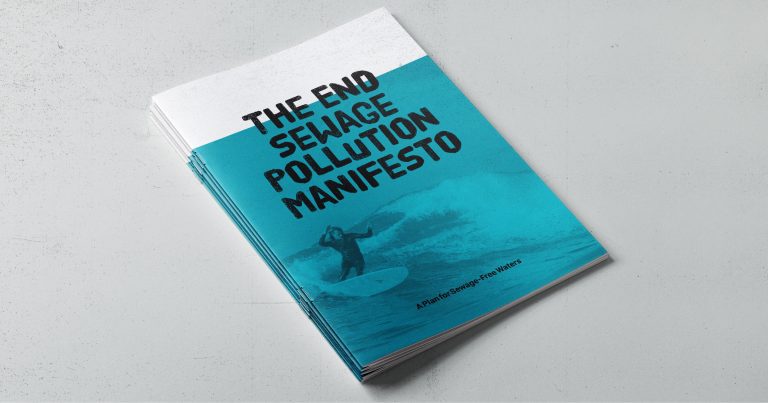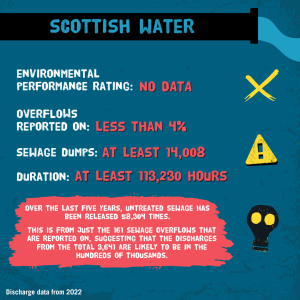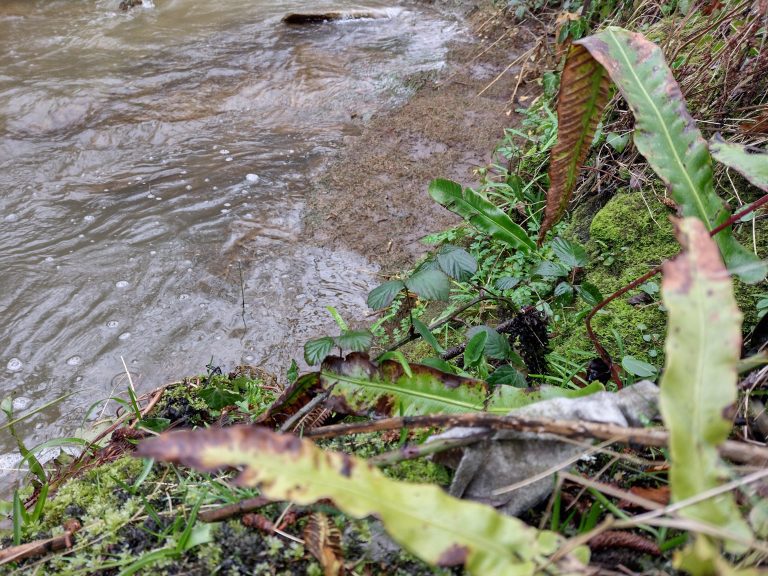
As a public company, the Scottish government and Scottish Parliament ultimately have the power to set out what Scottish Water should be focused on, and to hold the company to account if they are falling short. The Scottish Environment Protection Agency (SEPA) is responsible for regulating Scottish Water’s environmental performance.
Unlike in England and Wales where nearly 100% of Combined Sewer Overflows (CSOs) are monitored, in Scotland under 4% of overflows are required to be monitored. This means the Scottish public are in the dark about the performance of the other 96% of overflows.
Data from the 4% of reported sewage overflows is made available due to their ‘high priority’ status, as defined by SEPA. This includes important sites such as bathing waters and shellfish areas – though importantly, not all bathing waters are reported.
Even the little data we do have is patchy. According to Scottish Water reports, three sewage overflows that were reporting annually are now only reporting for the bathing season due to the licence agreement. This means that SEPA is, in simple terms, rejecting more evidence of potentially illegal discharges.
The impacts of untreated sewage overflows on blue spaces throughout Scotland therefore remain largely unknown, and Scottish water users rarely have any idea whether it’s safe to use their local water or whether they will unknowingly swim in sewage.




